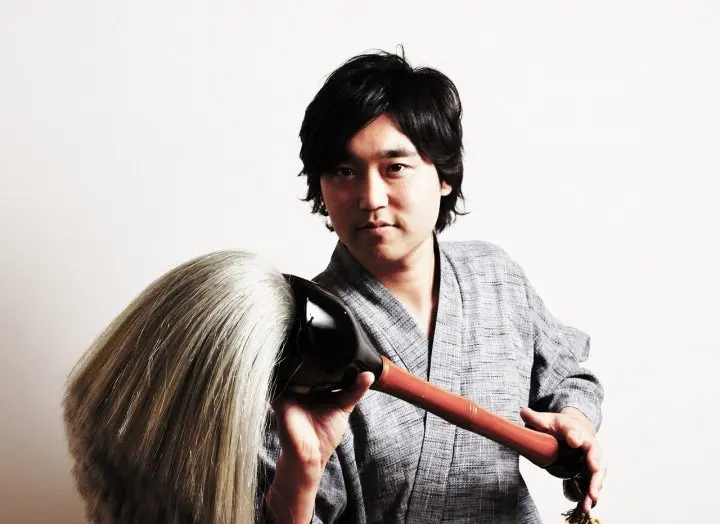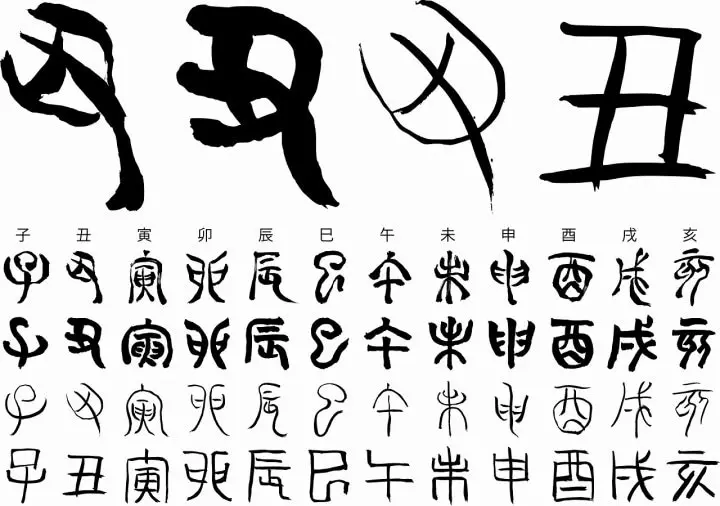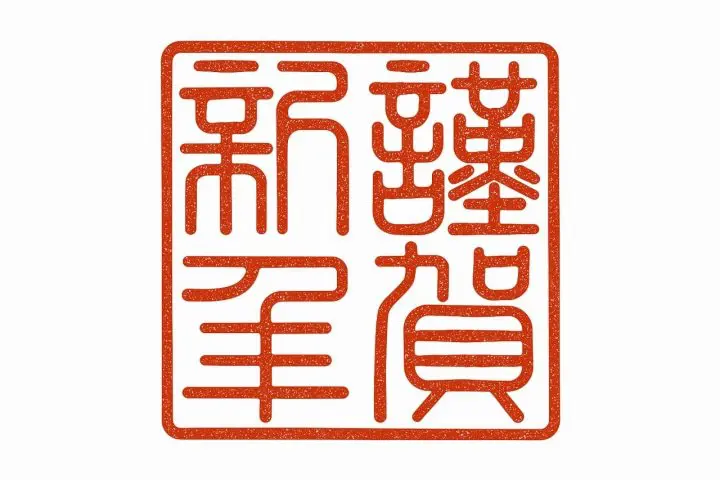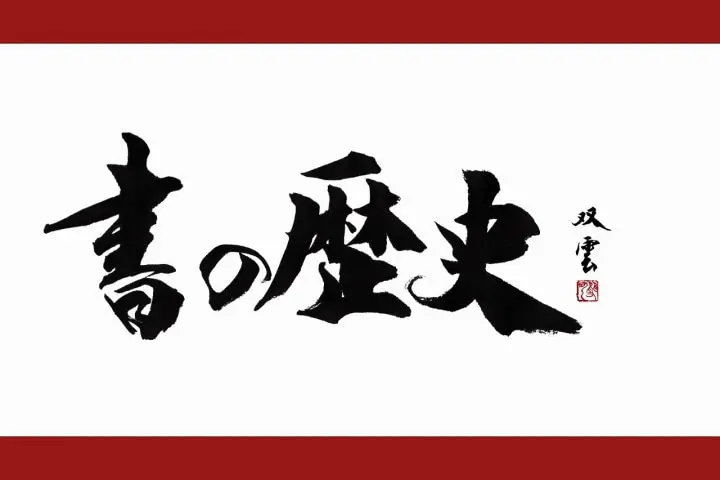A Brief History of Calligraphy: The First Chinese Characters

"Japanese Culture and a Joyful Heart" is a series of essays by Souun Takeda, a calligrapher and contemporary artist. The eighth installment introduces the beginnings of calligraphy as an art, evoking the ages when Chinese characters were used in rituals and divination.
Souun Takeda, Calligrapher and Contemporary Artist

Picture courtesy of Souun Takeda Office
Souun Takeda, who hails from Kumamoto Prefecture, is a calligrapher and contemporary artist born in 1975. After working as a company employee, he began his career as a calligrapher in 2001. Since then, Souun has produced various title credits for TV programs and movies. Currently, he hosts calligraphy workshops and exhibitions around the world.
In this series, Souun discusses the essence of Japanese culture through calligraphy.
Read also
Part 8: The Beginnings of Calligraphy as an Art
Many people, including the Japanese, may be wondering what exactly should one do in order to appreciate calligraphy works.
The first rule is to rely on your sensitivity. As I wrote in Part 2 and Part 3 of this essay series, calligraphy has the power to convey love and kindness.
Alternatively, appreciating works in a classical context is another way to enjoy calligraphy.
Our ancestors refined the shape and expression of kanji characters over time. By taking this knowledge into account, we can understand the history and deepen our recognition of this written art form.
From Language to Signs and Letters
Among the species on earth, only humans have created letters. Tens of thousands of years ago, our ancestors invented language. Letters, on the other hand, developed as a way to record language. Written text remains and can be viewed by people in the future, thousands of years later.
The amount of letters that can be conveyed increased after the development of printing technologies during the modern age.
The Birth of Chinese Characters

A 2021 Chinese zodiac calendar written in the tensho style. The top row shows the ancient characters with the contemporary ones on the bottom row. The layout displays how the characters have changed over time. Photo by Pixta
Chinese characters, which later became the origin of Japanese characters in calligraphy, are said to have been created first for fortune-telling purposes.
Back in the day, characters were either carved on turtle shells or cattle bones. Marking the birth of hieroglyphic characters, these were regarded as oracles and used to predict political events or changes in the weather.
Various ethnic groups soon created their own characters in China. The First Emperor of the Qin Dynasty, who unified China in 221 B.C.E., merged the diversified characters from different tribes. This was how official characters were established among the people.
This official writing style was called tensho.

"Kinga Shin-nen" (Happy New Year). A seal made using tensho characters. Photo by Pixta
Tensho style characters continue to be used today. For example, Japanese seals sometimes employ this style. The Tensho style has a complicated pattern that is different from modern characters and is difficult to copy. Instead of a signature, it is ideal when signing one's name on important documents.
Although a seal is made by carving the characters on wood or stone, tensho characters were carved on stone or sheet copper.
Many people around the world are fascinated by the tensho writing style, in which simple lines form a complex pattern. The next essay will introduce how it evolved into other styles. Don't miss out on reading it!
Letters of the Day: Sho no Rekishi ("The History of Calligraphy")

”Sho no Rekishi” (The History of Calligraphy) written by Souun Takeda. Picture courtesy of Souun Takeda Office
By studying the historical origins of calligraphy, we can objectively appreciate modern writing while deepening our understanding of its unique features.
Read also
In cooperation with the Souun Takeda Office.
Born in 1975 in Kumamoto. After graduating from the Tokyo University of Science, we worked for NTT, then started his career as a calligrapher. He has produced various title cards for TV programs and movies, including TV series by NHK. In 2020, he held his first individual contemporary art exhibition. Currently, he holds calligraphy workshops and exhibitions all over the world.



































